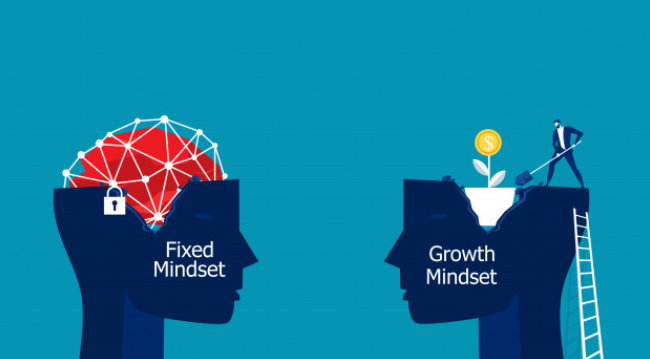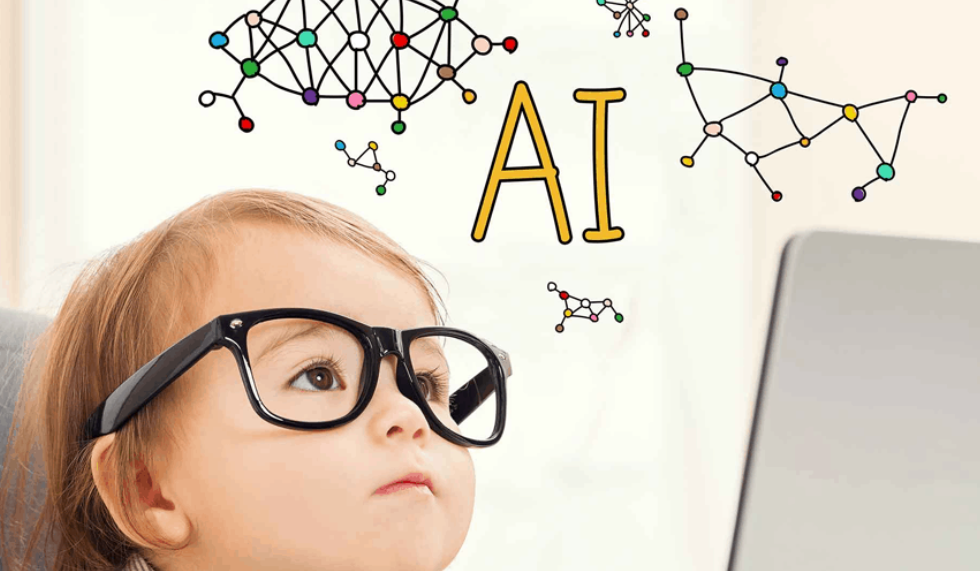Curated by the Knowledge Team of ICS Career GPS
Career

Are firms becoming more human?
Excerpts from an article by Gautam Mahajan, President, Customer Value Foundation and Inter-Link India
How can companies and executives create value and prevent reduction of customer value in the future? First, they must accept that firms are really human.
With digitisation and automation, there is an upheaval now. Humans are being partly replaced by robots. AI is being used to answer day to day questions via chatbots. Many mundane jobs are now being replaced by machines. Thus companies will have a greater reason to pretend to be less human. This of course, reduces customer and employee value.
Some of the downside of automation and AI is loss of jobs and having to fire people. What will these jobless people do? They need to be re-trained to make them re-employable.
History has shown deep automation in industries like banking led to a crisis twenty years ago, because of job losses. Today, banks for example are making deep labor cuts in departments including customer facing people and also are letting go back end people. Those who are left have to be re-trained in new working ways and skills that are different from the past.
Customers are expecting and getting used to more voice / data / net type of interaction and less face to face or direct interaction. This requires more humanness in the backend machines. Services have to be more personalised to help the customers manage their portfolios.
There will have to be ‘creative destruction’ of jobs because new skills will be needed with automation of routine processes and backend work. Very well designed customer support will be required.
Humans will survive because there will still be a need for curiosity, creativity and communications. Also, awareness, curiosity, ability, agility, anticipation and attitude. And all this with listening empathy.
The human touch requires deep emotional understanding. Re-training will have to include soft skills along with software and digital thinking. New AI and digitisation aid humans to improve their soft skills by reminding them to be more thoughtful and empathetic in their customer interactions. Simultaneously, the training will be on improving technology skills of the people. The company’s people will have to apply their humanness with sector knowledge, technical knowhow and human skills.
A great example is Air India during the floods in Mumbai a few years ago. The airport was closed for two days. Passengers with other airlines were stranded as their staff had left. Air India had its entire staff at the airport, and took care of passengers (even from other airlines), fed them and took care of them. Would this have happened if there was no human staff or reduced human staff (replaced by robots)?
Education

AI and prediction of students’ educational outcomes
Excerpts from an article by Adilin Beatrice published in analyticsinsight.net
Predicting students’ outcomes is at the heart of most educational institutions. Parents are no different when it comes to knowing about the future their children will pursue. Artificial Intelligence (AI) and its applications have helped education sector figure out a lot of study related outcomes that will help students follow the right dream.
Artificial intelligence models are considered to be outstanding when doing predictive analysis. The technology anticipates the future by analysing past data. One such extraordinary prediction was by an AI model used by Facebook to help find users when they get suicidal thoughts based on their feed posts.
Other than that, artificial intelligence is highly utilised by the education sector to better inform students on where they should concentrate. However, since the outbreak of Covid-19, students have started getting education at home. Virtual classrooms and online tests are the most trending topics in the technology and education world.
In the middle of all this, a team of Russian researchers has used an AI-based model to predict high academic achievers from lower ones based on their social media posts.
Predicting outcomes on basis of social media posts
Ivan Smirnov, a leading research fellow of the laboratory of computational social sciences at the Institute of Education of HSE University, has created a computer model that can distinguish high academic achievers from lower ones based on their social media posts.
The prediction model uses a mathematical textual analysis that registers users’ vocabulary (its range and semantic fields from which concepts are taken), characters and symbols, post length, and word length. Every word is analysed and rated based on its delivery. It is similar to finding the IQ of a student.
Students were ranked on the content they post on social media. For example, scientific and cultural topics, English words, and posts longer in length are ranked highly. These words represent good academic performance. However, an abundance of emojis, words or whole phrases written in capital letters and vocabulary related to horoscopes, driving and military services stipulate lower grades in school. At the same time, posts can be quite short but informative. This is taken at a high rank.
(The complete article can be read here)
(Disclaimer: The opinions expressed in the article mentioned above are those of the author(s). They do not purport to reflect the opinions or views of ICS Career GPS or its staff.)



